Beef Prices Poised for a Staggering Surge Amid Supply Shortages
A recent warning from Omaha Steaks CEO Nate Rempe has sent shockwaves through the beef industry, as he predicted that prices could soar nearly 60% by next year. Rempe's forecast is based on the current state of the U.S. cattle herd, which has reached a 70-year low, while beef demand remains at an all-time high.
According to Rempe, the dwindling cattle herd is a result of ranchers holding onto heifers rather than sending them to meat processors. This move is aimed at rebuilding the herd, but it comes at the cost of reduced beef supply in the near term. As a consequence, consumers can expect to see higher prices at the grocery store.
The latest consumer price index data reveals that the average price of ground beef has already been giving Americans sticker shock. With the average price of ground beef currently standing at $6.50 per pound, a 60% increase would push the price to a staggering $10.40 per pound by the third quarter of 2026. This projected price hike is likely to have far-reaching implications for the food industry and consumers alike.
The beef market is a significant player in the global food economy, with the U.S. being one of the world's largest beef producers. The industry's supply chain is complex, involving ranchers, meat processors, distributors, and retailers. Any disruption to this chain can have a ripple effect, impacting not only the price of beef but also the broader economy.
Omaha Steaks, a leading provider of premium beef products, is well-positioned to navigate the impending supply shortages. The company's CEO, Nate Rempe, has been vocal about the need for the industry to adapt to changing market conditions. Under his leadership, Omaha Steaks has been investing in sustainable ranching practices and exploring new supply chain partnerships to mitigate the impact of the cattle herd decline.
As the beef industry grapples with the challenges of supply shortages, consumers can expect to see higher prices and potentially reduced availability of beef products. The projected price surge of nearly 60% by next year will undoubtedly have a significant impact on household budgets and the broader economy. As the situation unfolds, it will be essential for industry stakeholders to work together to find solutions that balance the needs of ranchers, meat processors, and consumers.
In the short term, consumers may need to adjust their budgets and shopping habits to accommodate the higher prices. However, in the long term, the beef industry's response to the supply shortages will have far-reaching implications for the food economy and the environment. As the industry navigates this challenging period, it will be crucial to prioritize sustainability, efficiency, and innovation to ensure a stable and resilient food system for the future.


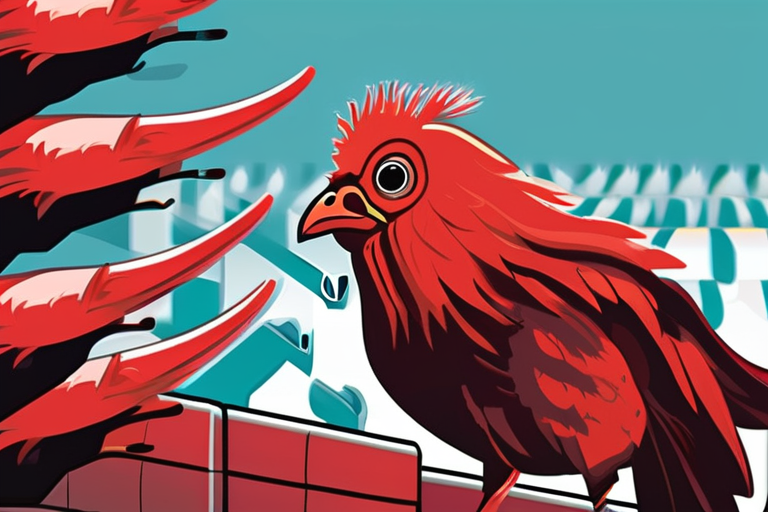
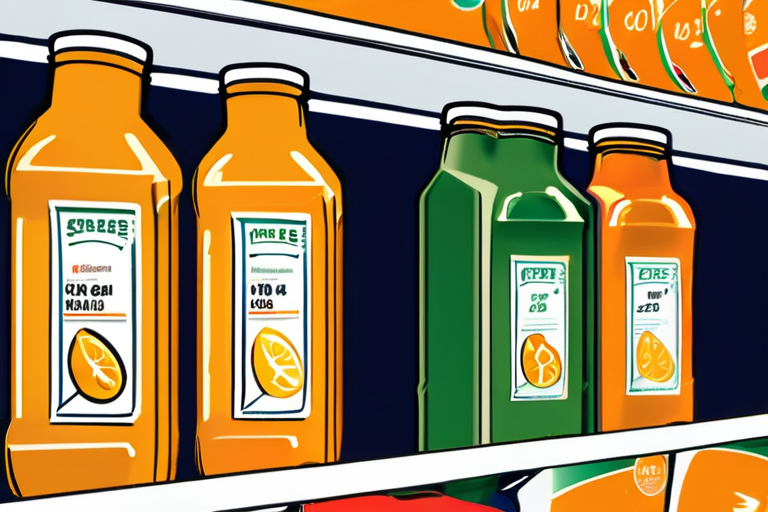
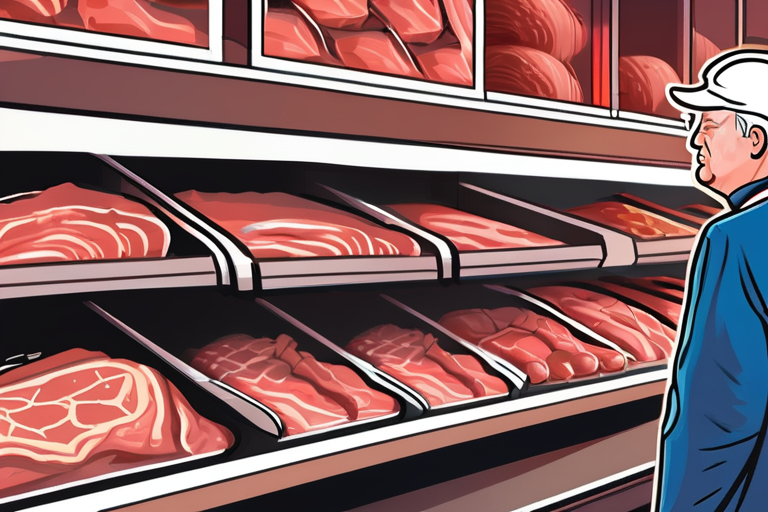


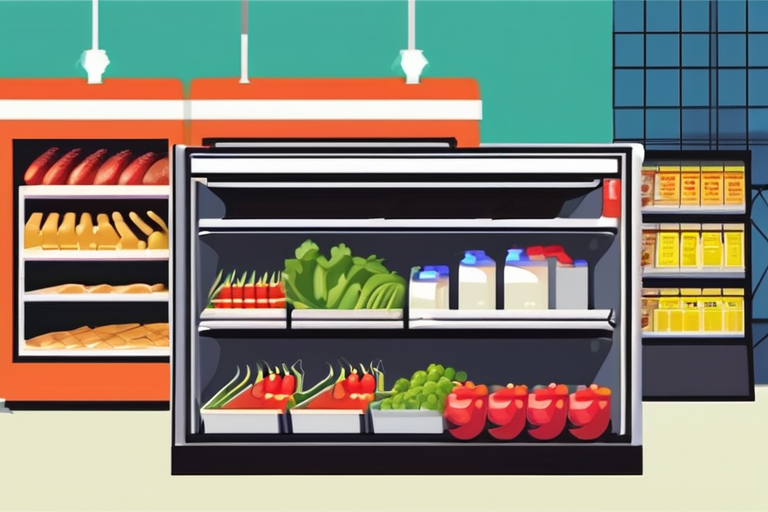
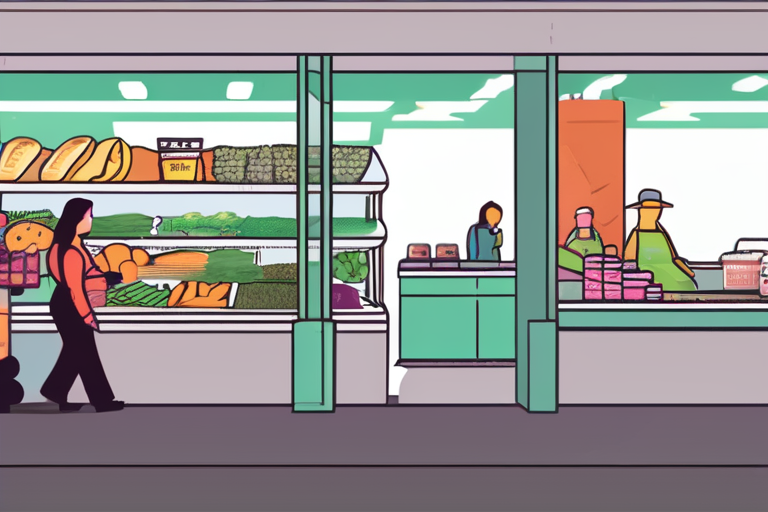

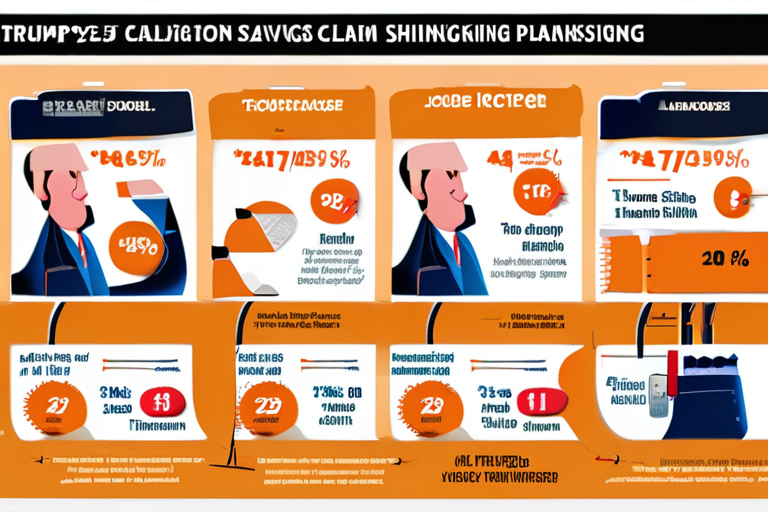
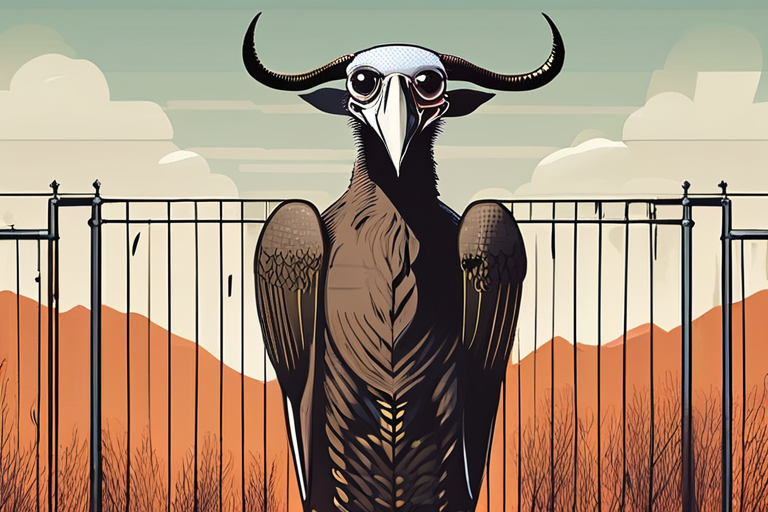
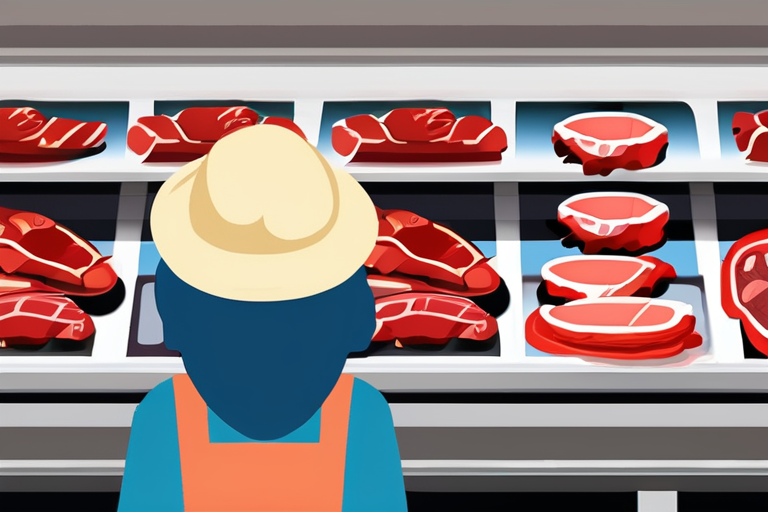

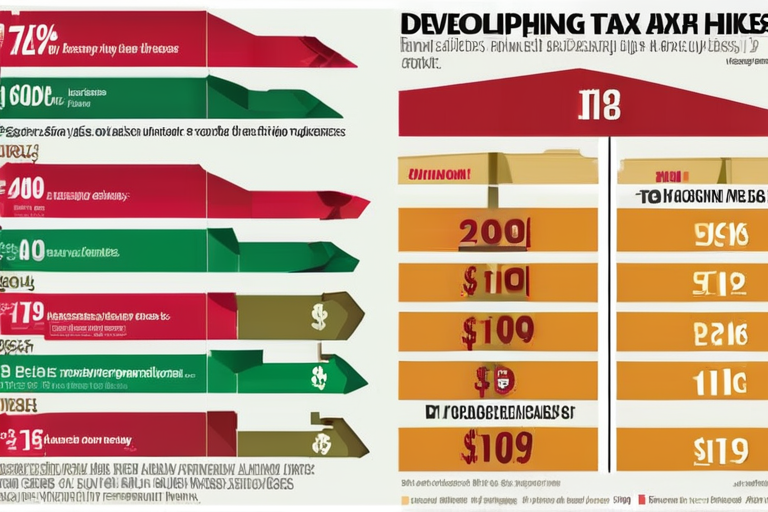
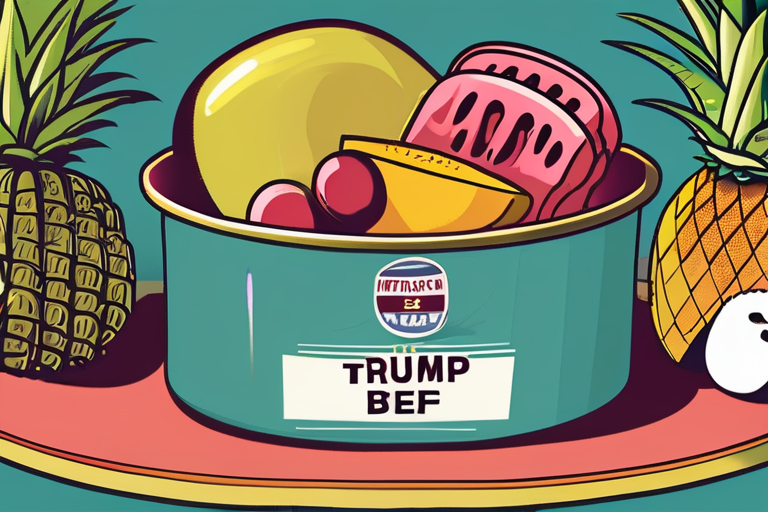

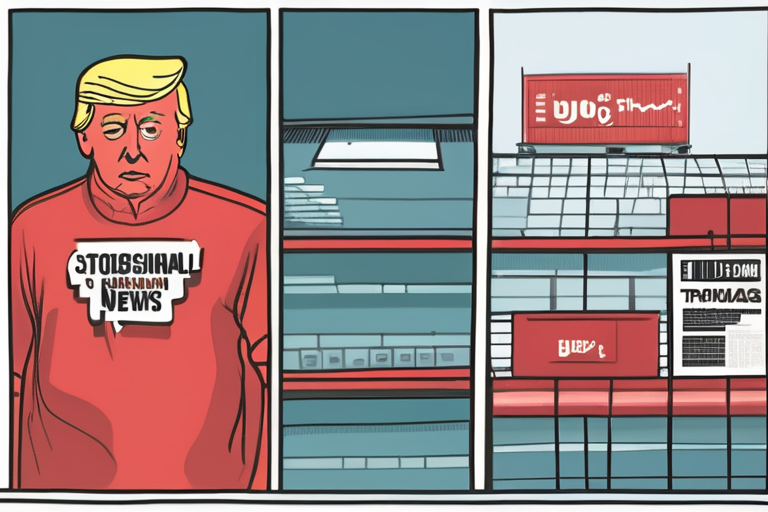
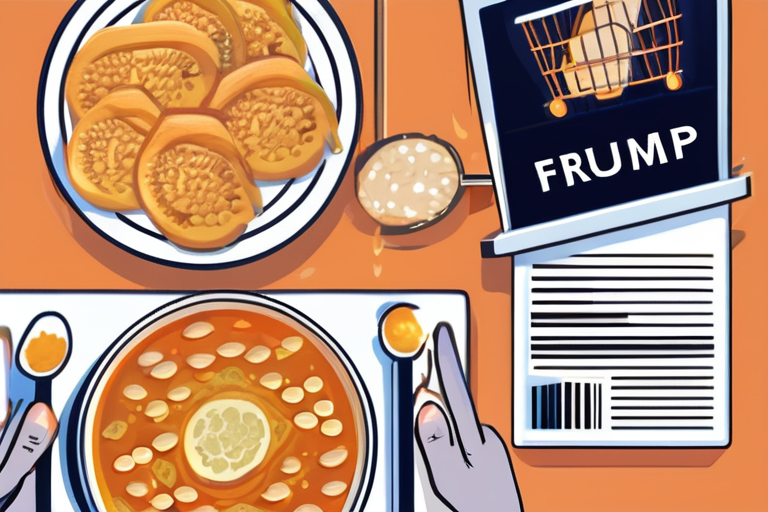
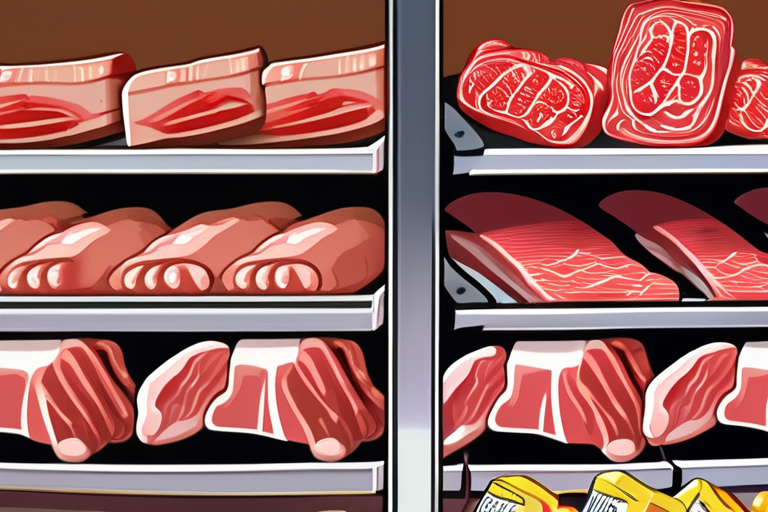
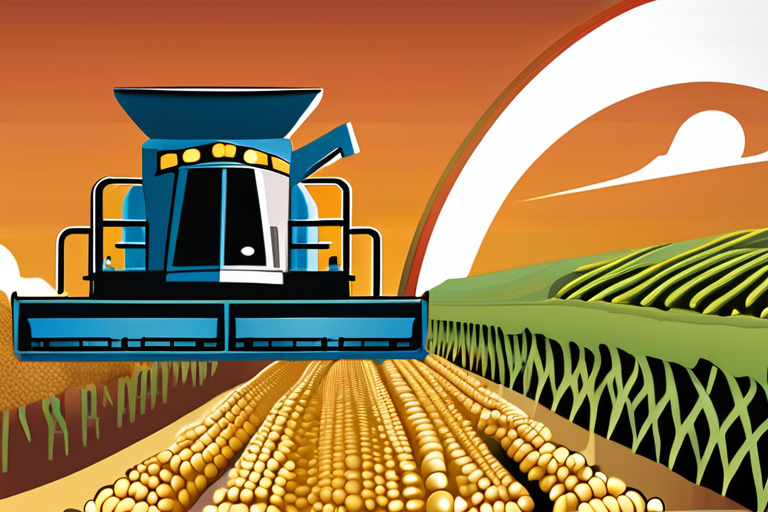
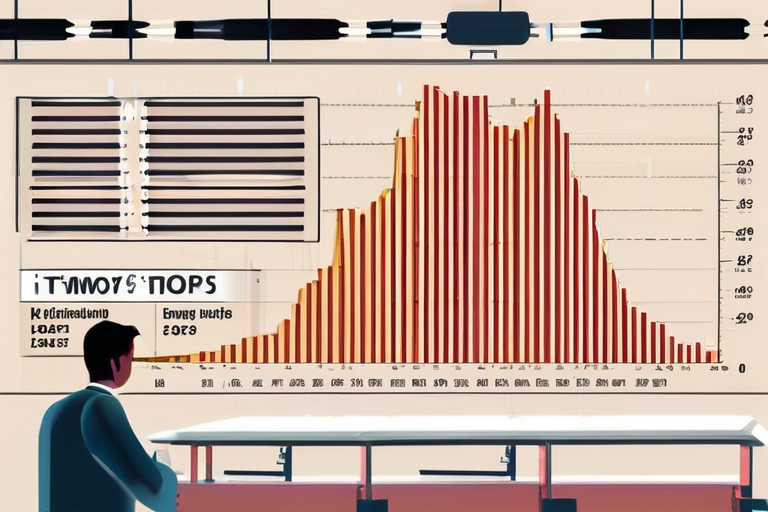

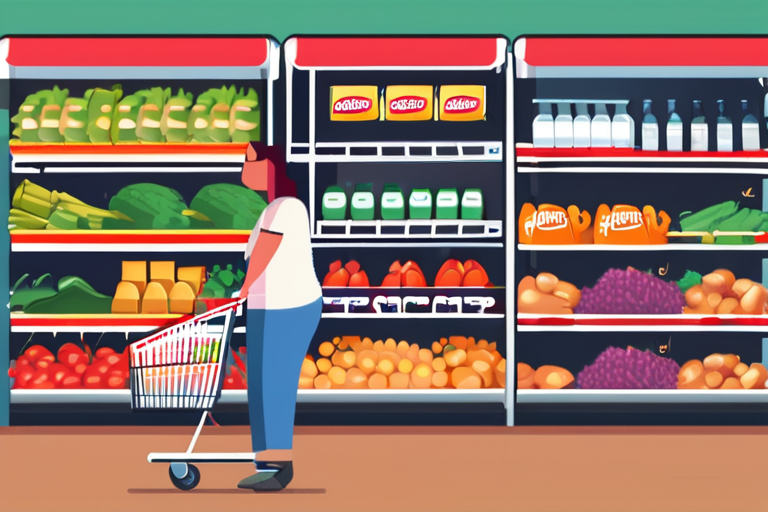


Share & Engage Share
Share this article